Features From the Issue
-
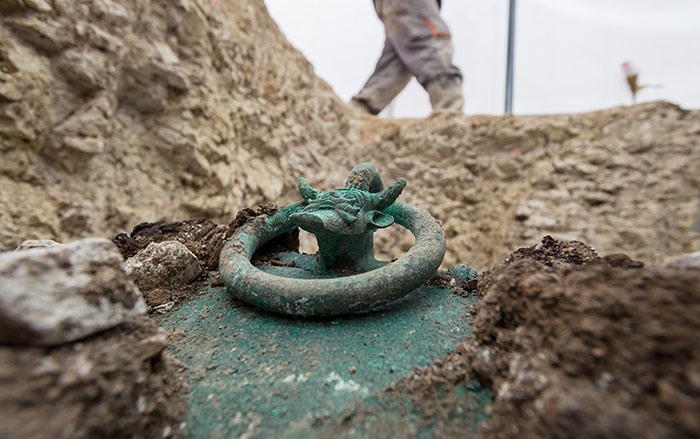 (Courtesy © Denis Gliksman, Inrap)
(Courtesy © Denis Gliksman, Inrap) -
Features
The Many Lives of an English Manor House
A major restoration project at a grand estate reveals centuries of a nation’s history
 (Angelo Hornak / Alamy Stock Photo)
(Angelo Hornak / Alamy Stock Photo) -
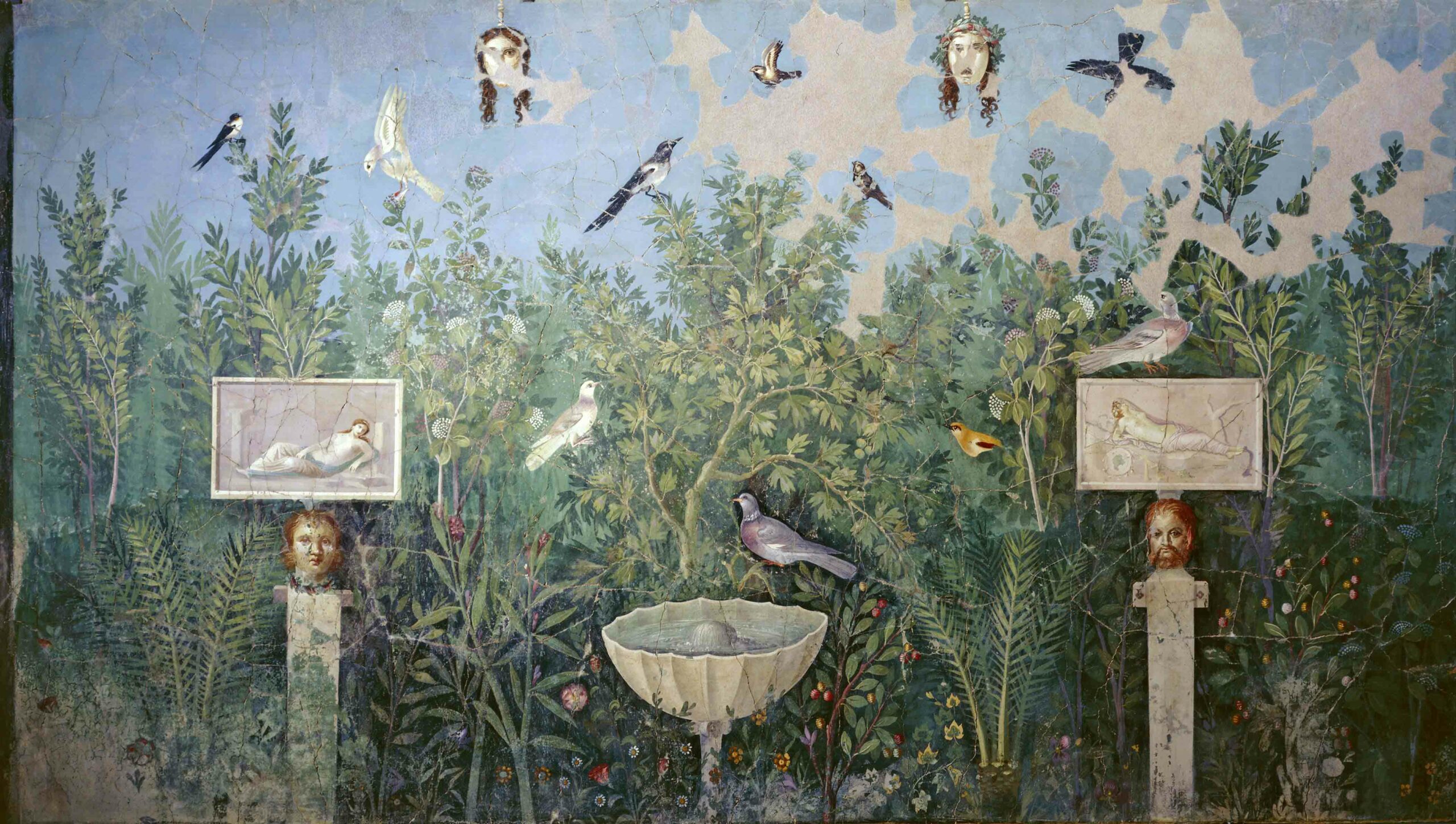 (Museo Archeologico Nazionale, Naples, Italy/De Agostini Picture Library/L. Pedicini/Bridgeman Images)
(Museo Archeologico Nazionale, Naples, Italy/De Agostini Picture Library/L. Pedicini/Bridgeman Images) -
Features
Living with the Sea Bear
Carvings unearthed in the Arctic reveal a deep connection between an ancient people and polar bears
-
Features
The Alchemist’s Tale
Long regarded as a charlatan’s game, alchemy is now taking its proper place in the history of science
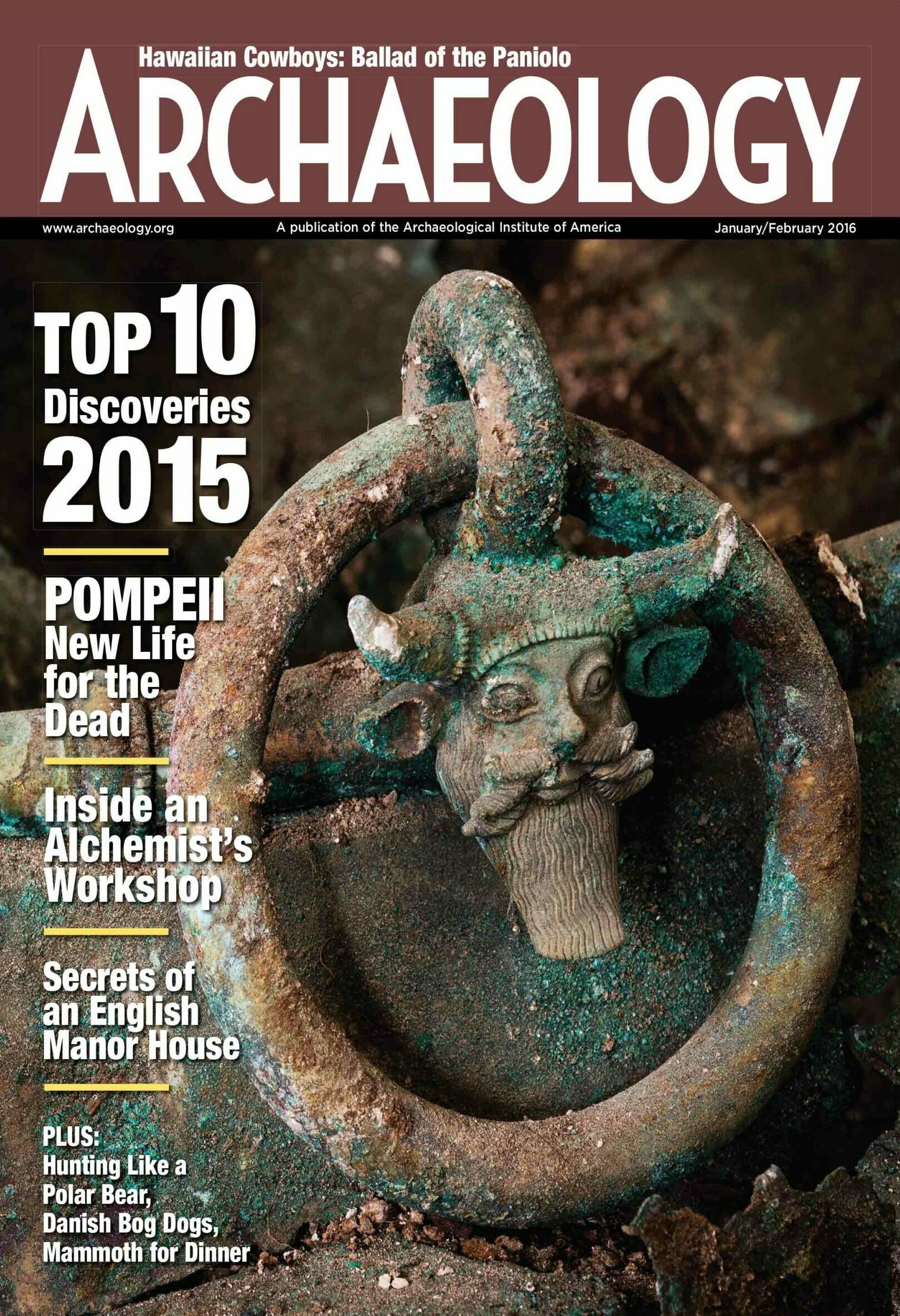
Letter from Hawaii
Letter from Hawaii
Ballad of the Paniolo
On the slopes of Mauna Kea, Hawaii’s cowboys developed a culture all their own

Artifact
Artifacts
Head of Medusa
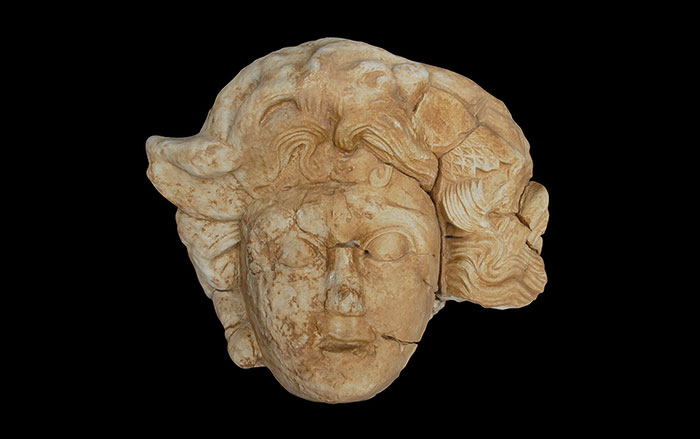
Digs & Discoveries
-
Digs & Discoveries
Reading the Invisible Ink
 (Images by Lazarus Project / MegaVision / RIT / EMEL, Courtesy Beinecke Library, Yale University)
(Images by Lazarus Project / MegaVision / RIT / EMEL, Courtesy Beinecke Library, Yale University) -
Digs & Discoveries
Irish Roots
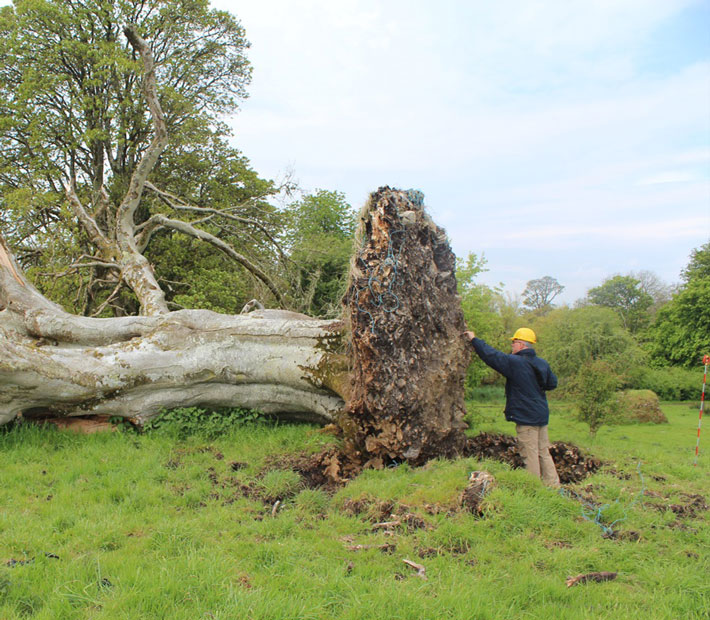 (Courtesy Marion Dowd)
(Courtesy Marion Dowd) -
Digs & Discoveries
A Kestrel’s Last Meal
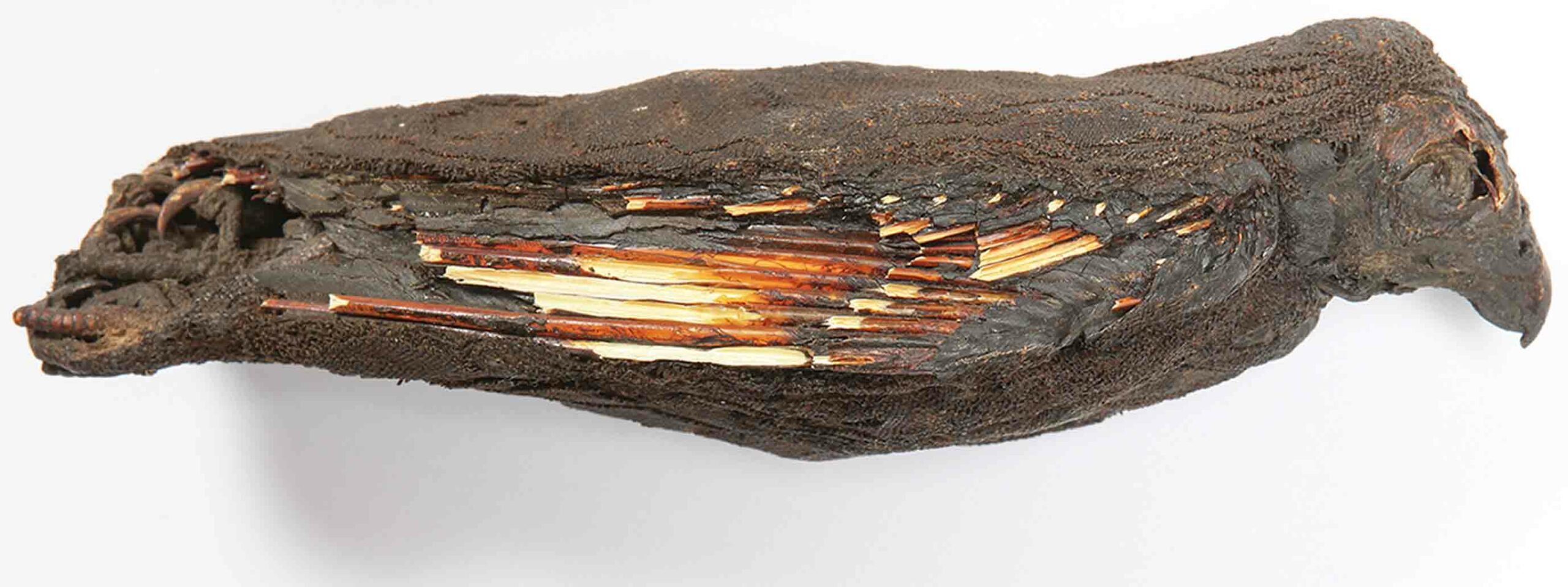
-
Digs & Discoveries
Pompeii Before the Romans
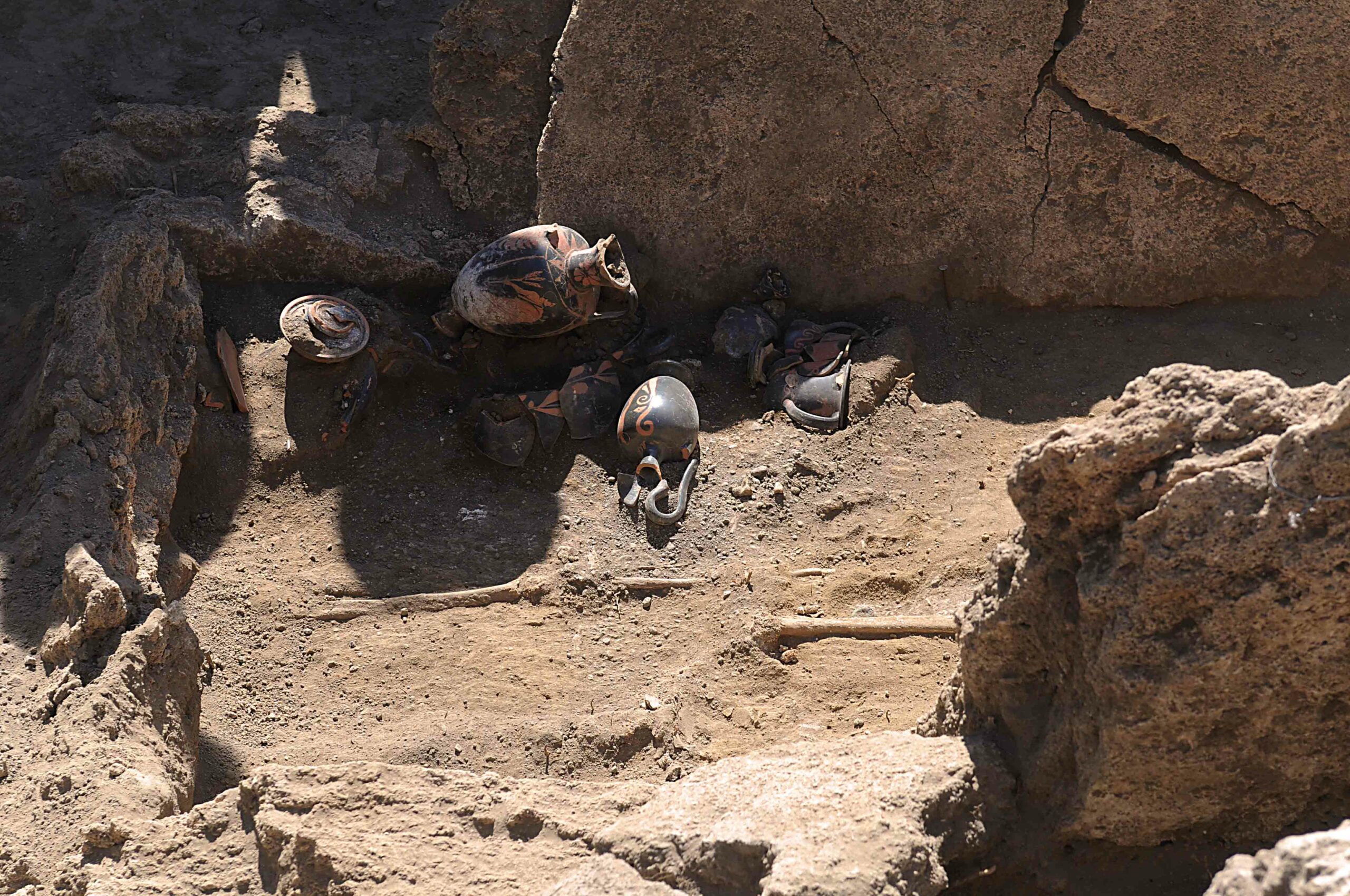 (Pasquale Sorrentino)
(Pasquale Sorrentino) -
Digs & Discoveries
A Baltic Sea Monster Surfaces
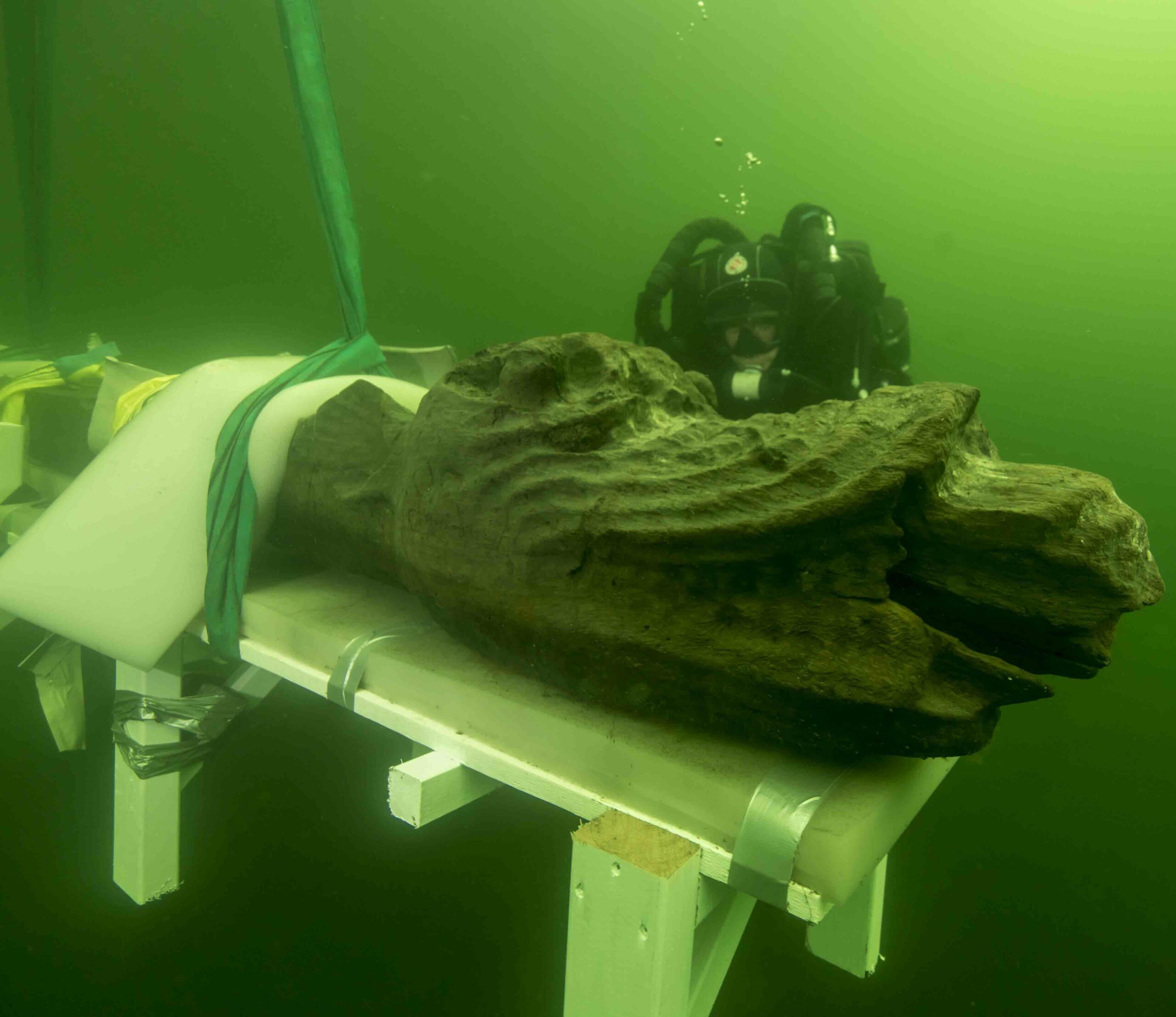 (Courtesy Blekinge Museum, Photo: Ingemar Lundgren)
(Courtesy Blekinge Museum, Photo: Ingemar Lundgren) -
Digs & Discoveries
Built upon Bones
 (Getty Images, Photo: Dan Kitwood)
(Getty Images, Photo: Dan Kitwood) -
Digs & Discoveries
An Opportunity for Early Humans in China
 (Courtesy S. Xing and X-J. Wu)
(Courtesy S. Xing and X-J. Wu) -
Digs & Discoveries
Hidden Blues
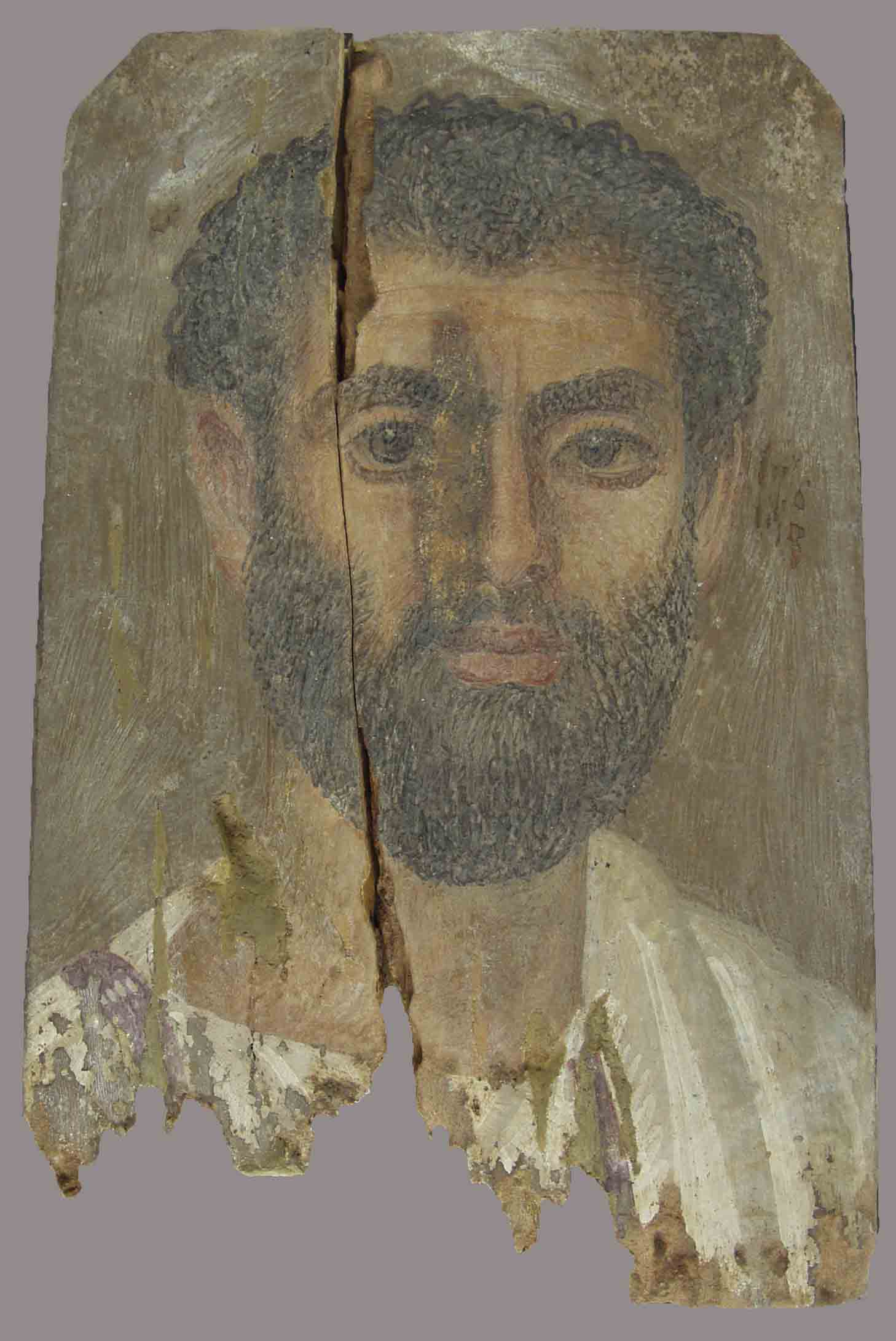 (Courtesy Phoebe A. Hearst Museum of Anthropology and the Regents of the University of California (catalog no. 6-21379))
(Courtesy Phoebe A. Hearst Museum of Anthropology and the Regents of the University of California (catalog no. 6-21379)) -
Digs & Discoveries
Mr. Jefferson’s Laboratory
 (Courtesy Dan Addison, University of Virginia)
(Courtesy Dan Addison, University of Virginia) -
Digs & Discoveries
Under a Haitian Palace
 (Courtesy J. Cameron Monroe)
(Courtesy J. Cameron Monroe) -
Digs & Discoveries
From Yacht to Trawler to Wreck
 (San Francisco Maritime National Historical Park, David W. Dickie (top), Photographs NOAA – Teledyne SeaBotix (above))
(San Francisco Maritime National Historical Park, David W. Dickie (top), Photographs NOAA – Teledyne SeaBotix (above)) -
Digs & Discoveries
Buddha Stands Tall
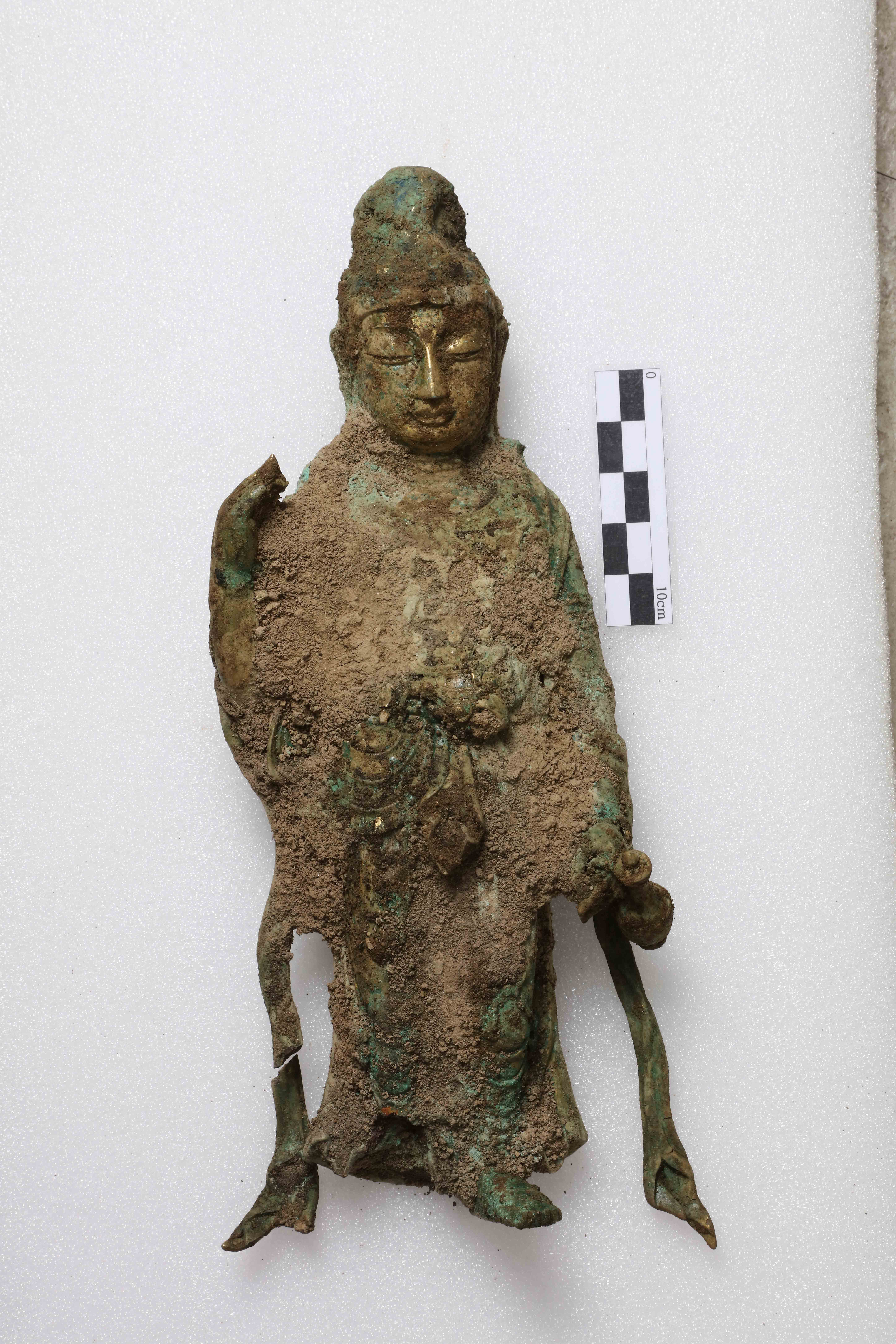 (Courtesy Hanbit Institute of Cultural Properties)
(Courtesy Hanbit Institute of Cultural Properties) -
Digs & Discoveries
Denmark’s Bog Dogs
 (Courtesy the Moesgaard Museum)
(Courtesy the Moesgaard Museum) -
Digs & Discoveries
Leftover Mammoth
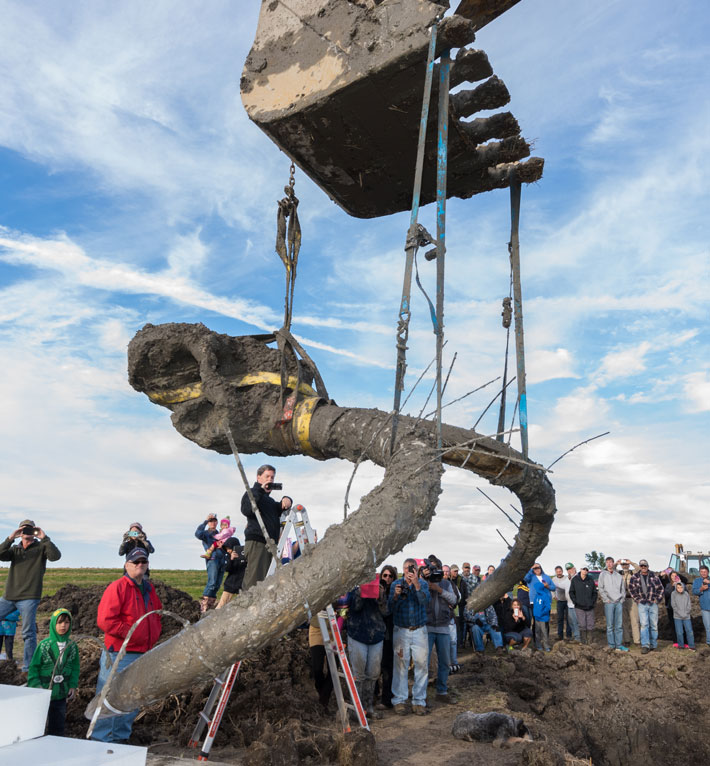 (Daryl Marshke, Michigan Photography)
(Daryl Marshke, Michigan Photography) -
Digs & Discoveries
Finding Parker’s Revenge
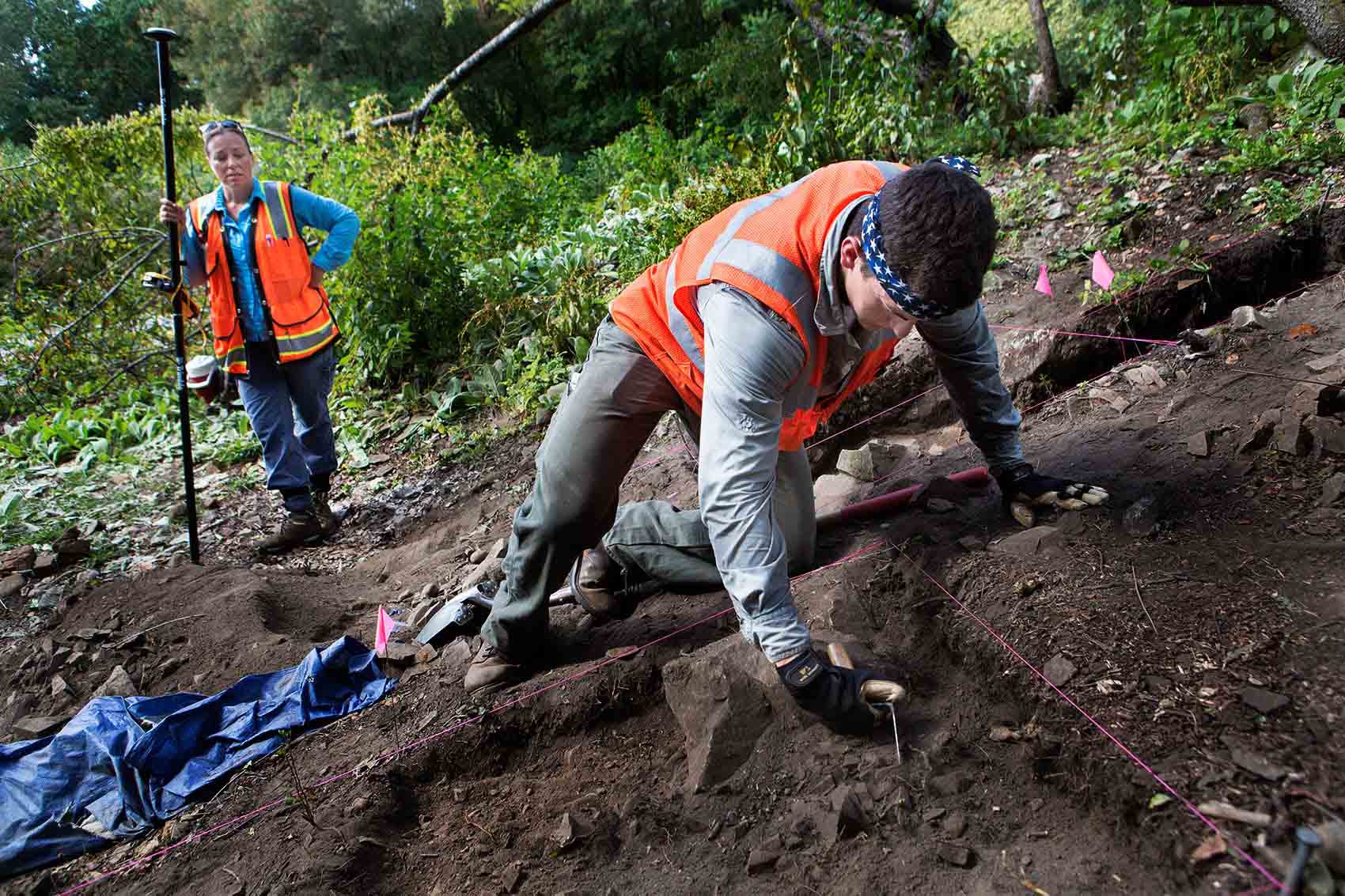 (Jesse Costa/WBUR)
(Jesse Costa/WBUR) -
Digs & Discoveries
Living the Good Afterlife
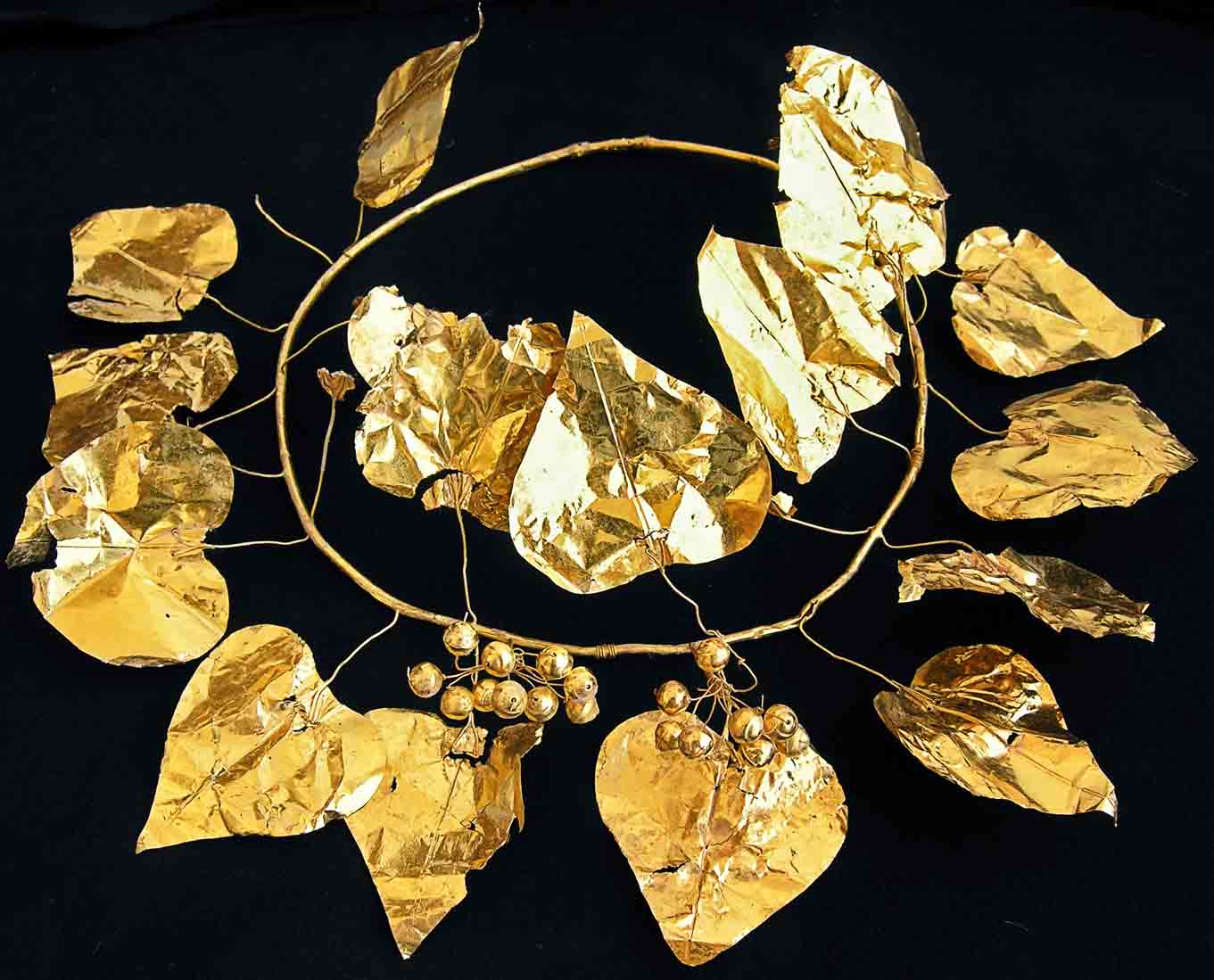 (Courtesy Kadir Kaba)
(Courtesy Kadir Kaba)
Off the Grid
Off the Grid January/February 2016
St. Francis Dam Ruins, California
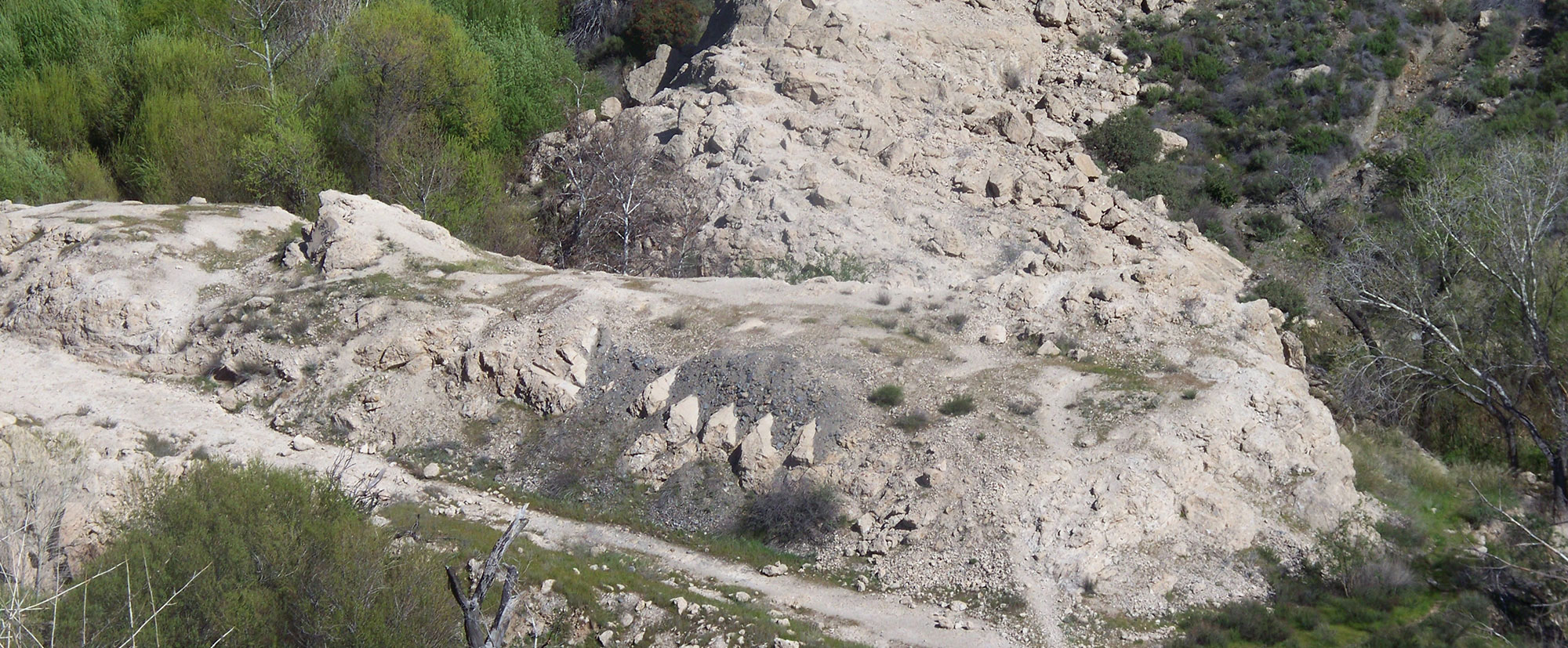

Around the World

ETHIOPIA

ETHIOPIA: Geneticists have sequenced the first prehistoric African genome. The DNA comes from 4,500-year-old remains found in 2012 in a cave in the Ethiopian highlands. After comparing the genome with more than 100 populations from Africa, Europe, and Asia, scientists found, surprisingly, that it includes DNA from a potentially huge migration of farmers from the Middle East into Africa around 3,500 years ago—DNA that spread across the continent, even to groups in South Africa and Congo that had long been considered genetically isolated. —Samir S. Patel
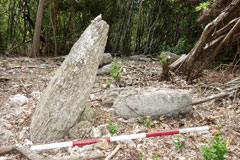
GUAM

GUAM: One of the most ancient sites in Oceania was recently identified in a wildlife refuge. It dates back around 3,500 years and appears to have been occupied for three millennia by ancestors of the Chamorro, the native culture of the Mariana Islands. The site, called Ritidian, includes many stones from lattes, or megalithic capped columns that were used as foundations for buildings and are unique to the island chain. There are enough latte sets to observe how the home-building style there evolved over time and varied from house to house. —Samir S. Patel
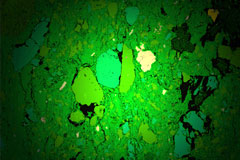
PAPUA NEW GUINEA

PAPUA NEW GUINEA: It has long been thought that the Austronesian-speaking people from Asia who eventually colonized the remote islands of the Pacific skirted New Guinea and had little influence on the existing culture there, especially in the interior. But new analysis of 12 potsherds from a highland site suggest otherwise. The sherds, the oldest known pottery on New Guinea at 3,000 years old, were locally made, suggesting that Austronesian influence (which includes a pottery-making tradition) made its way up the island’s rugged slopes hundreds of years earlier than once thought. —Samir S. Patel

